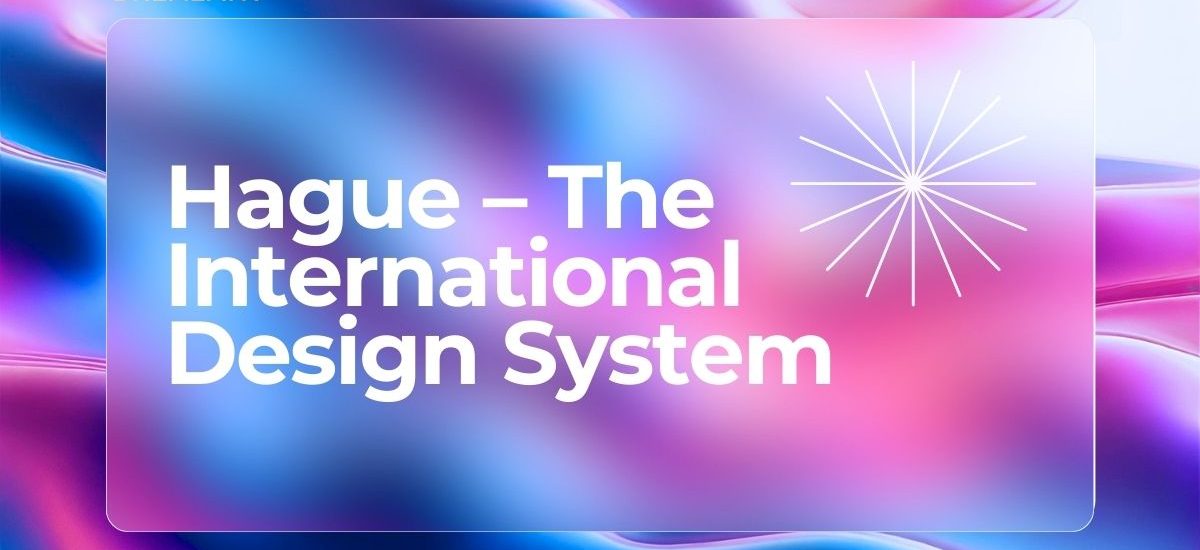In our previous blog post, we delved into the world of Industrial Design Protection, highlighting the essential role played by the World Intellectual Property Organization (WIPO) in safeguarding the rights of creators and innovators. One of WIPO’s significant contributions to this realm is the Hague System for the International Registration of Industrial Designs. In this blog, we will explore the Hague Agreement, how it functions, its benefits, and its integral role in the broader context of industrial design protection, with reference to WIPO.
Understanding the Hague Agreement
The Hague System for the International Registration of Industrial Designs, administered by WIPO, is an international treaty that simplifies the process of registering industrial designs across multiple countries. It provides creators, businesses, and designers with an efficient means to protect their designs on a global scale. The primary aim of the Hague Agreement is to reduce administrative burdens and costs, making it more accessible for innovators to secure protection for their designs internationally.
WIPO’s Role in the Hague Agreement
WIPO plays a central role in the operation of the Hague System, ensuring its effectiveness and global reach. Key aspects of WIPO’s involvement in the Hague Agreement include:
- Administration: WIPO administers the Hague System, making it accessible to all member states and their citizens. This entails receiving international design applications, examining them for formal requirements, and publishing the designs in the International Designs Bulletin.
- Technical Support: WIPO offers technical support and assistance to both applicants and design offices. This includes guidance on the application process, fees, and any technical issues that may arise.
- Promotion and Outreach: WIPO actively promotes the benefits of the Hague System, conducts capacity-building programs, and raises awareness about the advantages of international design registration. This outreach encourages more countries to join the Hague Agreement, expanding its global influence.
The Benefits of the Hague Agreement
The Hague Agreement brings numerous advantages to those seeking international design protection:
- Simplified Application Process: With the Hague System, applicants can file a single international application to protect their designs in multiple member countries. This significantly streamlines the process, reducing the administrative burden and costs associated with multiple individual applications.
- Cost-Efficiency: By eliminating the need to engage with multiple national offices, the Hague System reduces the overall costs of international design protection. This makes it more accessible to small and medium-sized businesses and individual designers.
- Flexibility: The system allows applicants to designate the countries where they want protection. This flexibility enables tailored protection strategies to suit the specific markets and regions where the product is expected to be sold.
- Centralized Management: Once registered, international designs are managed centrally through a single international registration. This simplifies the renewal, modification, or cancellation processes, further reducing administrative complexity.
WIPO’s Commitment to the Hague Agreement
WIPO’s commitment to the Hague Agreement is exemplified by its continuous efforts to expand its reach and facilitate its operation. Over the years, WIPO has worked to increase the number of member states, making it easier for creators to secure international design protection. The organization actively promotes the system’s benefits and conducts outreach to engage more countries in the treaty, ultimately fostering a global environment that values and protects design innovation.
The Hague Agreement in the Context of Industrial Design Protection
The Hague System is a cornerstone of industrial design protection and serves as a testament to the importance of harmonizing and simplifying international registration processes. In the context of WIPO’s broader mission of promoting and protecting intellectual property rights, the Hague Agreement contributes significantly to the following:
- Stimulating Innovation: By providing an efficient means to protect designs on a global scale, the Hague System encourages designers and businesses to invest in creative and innovative endeavors. This is crucial for advancing technological progress and the overall quality of life.
- Fostering Economic Growth: A robust international design protection system facilitates cross-border trade and commerce. Businesses can expand their reach to global markets, contributing to economic growth and prosperity.
- Creating a Culture of Creativity: Design-intensive industries contribute to the creation of visually appealing, user-friendly, and innovative products. The protection provided by the Hague System incentivizes artists and designers to explore new horizons, enriching culture and society.
Conclusion
Are you a creator, designer, or business looking to navigate the complex world of international design protection? Look no further than Brealant, a leading intellectual property law firm that specializes in safeguarding your creative assets.
At Brealant, our team of experienced attorneys and legal experts can guide you through the intricacies of the Hague System for the International Registration of Industrial Designs, ensuring that your innovative designs receive the protection they deserve. We offer tailored solutions to meet your unique needs, whether you’re an individual designer or a multinational corporation. With our deep understanding of international design protection and a commitment to your success, Brealant is your trusted partner in the world of intellectual property.
Incorporating the Hague Agreement into your intellectual property strategy is a smart move, and with Brealant by your side, you can rest assured that your designs are in capable hands. Contact us today to learn more about our services and how we can help you secure global recognition and protection for your creative works.
In summary, the Hague Agreement, facilitated by WIPO, is a game-changer in the world of industrial design protection, offering creators and businesses a simplified, cost-effective means to secure international recognition for their innovative designs. As WIPO continues to promote and expand the reach of the Hague System, the global community moves closer to fostering a culture of innovation, economic growth, and creativity.






